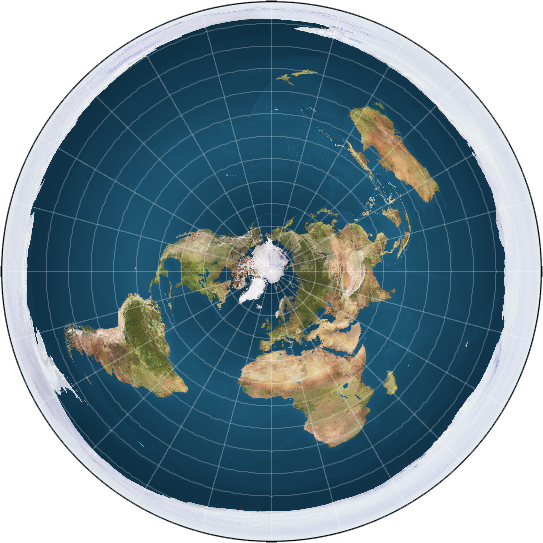Okay so I know the world is a globe, but I think I have found the absolute proof of it. A lot of math in this, but hey....
So back in the day I was into yachting quite a bit, and the biggest events were the Whitbread Round the World Races (this was before NZ was more involved in the America's Cup.)
In the 1989-90 Race, New Zealand had its first win, Steinlager II, under the skippering of Sir Peter Blake, and the following year under Grant Dalton came our second win with NZ Endeavour. Steinlager II was in fact the first boat to win every leg of the race, which made that win very momentous for the country, and as an island nation with sailing something of a past time for a lot of kiwis, rich and poor, these races were followed extremely closely.
So then what is my point, how does this disprove a flat earth. Well, Leg's 2, 3, and 4 of both these races were sailed from Punta del Este, Uruguay to Fremantle, Perth Australia, then to Auckland, New Zealand, and finally back to Punta del Este. Yes, they basically sailed a circle of the Southern Ocean at about 35 degrees South!
From this we can clearly prove or disprove a Flat Earth because the sailing distances for these three legs would depend entirely on the shape of the planet!
Taking each of these
Punta del Este is found at 34.9369°S, 54.9281°W placing it 8,643 miles from the North Pole.
Fremantle is found at 32.0569°S, 115.8605°E placing it 8,413 miles from the North Pole
Auckland is found at 36.8485°S, 174.7633° E placing it 8,750 miles from the North Pole.
Thus to travel from one port to another around the Southern Ocean as claimed, the yachts would have had to travel in a circle with a radius of approximately 8,600 miles. This means we can work out how far they would have had to travel!
To find the circumference of a circle we use 2πr
so... 2 x π (3.1415....) x 8,600 = 54,047 miles!
But according to the
Race Data these three legs are only a total of 16,744 miles! In fact the entire race is only 31,975 miles!
So if the Earth was flat, these three legs would have been three times as long as claimed, and 166% longer than the entire race was claimed to be!
But PW, I hear you saying... Surely it would be faster to travel in a straight line than a curve, and this would make the distance shorter.
Well yes it would, and using the Cosine Rule (a
2 = b
2 + c
2 - 2ab.cosA) we can work this out.
Using the above city information we can work out that Punta del Este and Fremantle are 170.7886° apart. Fremantle and Auckland are 58.9028° apart, and Auckland and Punta del Este are 130.3086° apart. With their distances from the North Pole we can determine that in a straight line, the legs would have to be 17,001 miles, 8,443 miles, and 15,783 miles respectively, for a total of 41,227 miles!
There is another slight problem with this straight line thing... to sail in a straight line from Punta del Este to Fremantle to Auckland, and back to Punta del Este on a flat earth would require the following path....
As one can see, this would be a little problematic.
Finally, the Whitbread 60 class of yacht was at the time one of the fastest mono-hulled sailing vessels with speeds of around 10 knots at cruising. The record, set in the mid-nineties, was an average of just over 15.5 knots over a 24 hour period. Even at this speed the entire way, there is no way that any of the yachts could have completed the entire Flat Earth distance of 54,047 miles for just legs 2, 3, and 4 in the 120 days it took NZ Endeavour to complete the entire race, and of course that isn't counting that they still would have to complete the extra distance for legs, 1, 5 and 6 which we haven't calculated on top of that. The yachts are simply not fast enough to have completed the distances required by a flat Earth in the time that they did so.
These races, which are still going on under the new
Volvo brand prove categorically that the Earth is not flat, but rather is a globe, it's the only way that they can possibly sail between points in the Southern Hemisphere fast enough.





